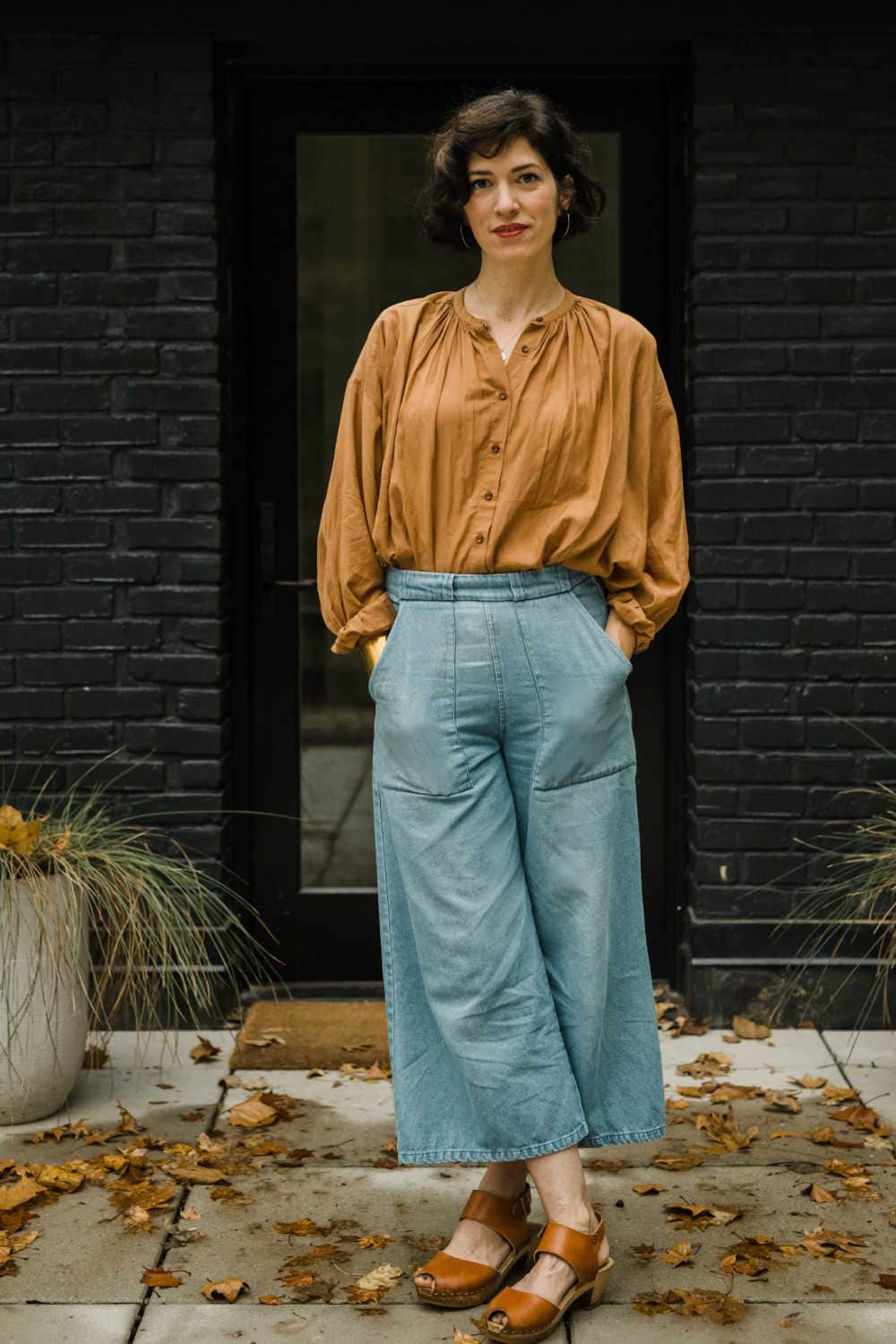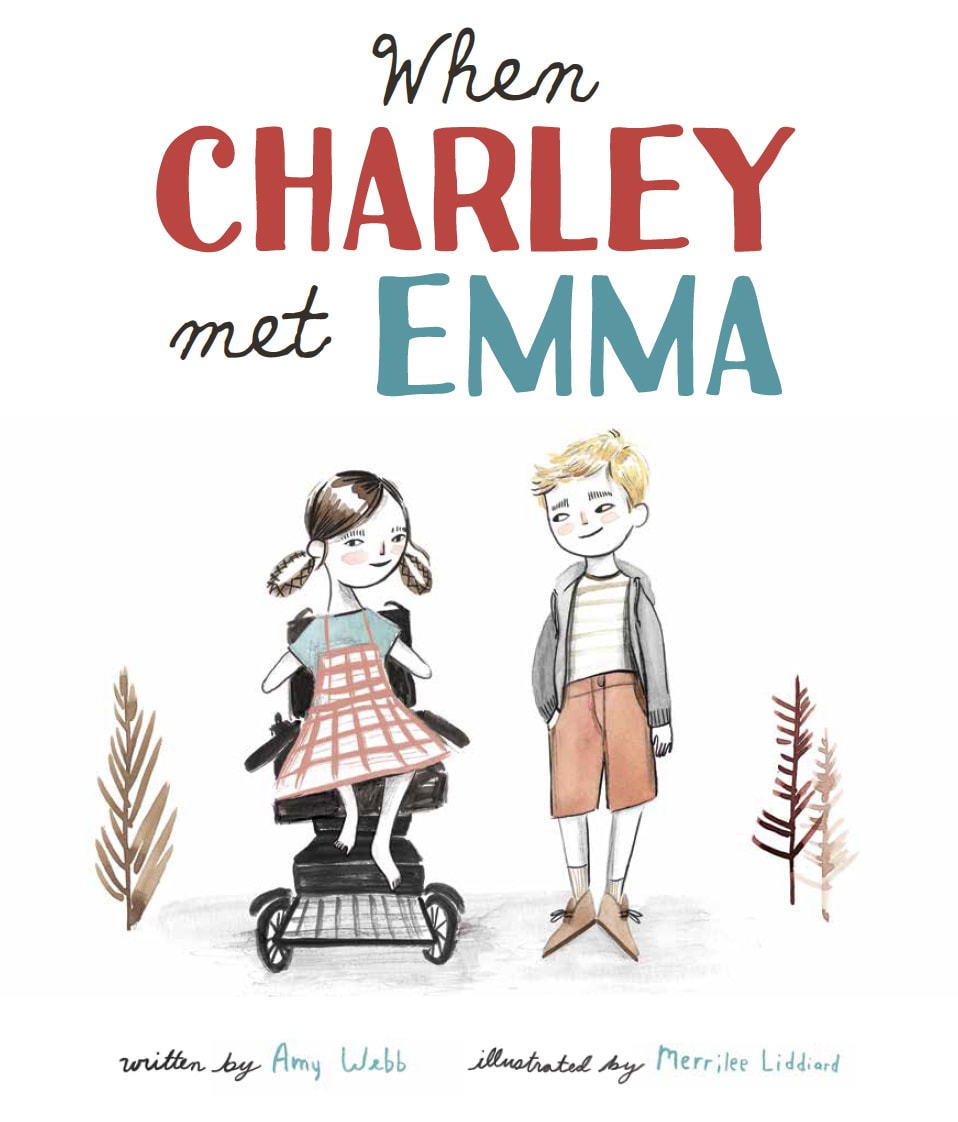Hi you guys. I have another great post for you today for my month long focus on Disability Awareness. I’d like you to meet my amazing friend Stasia and her daughter Raisa. Not only have I featured Stasia and Raisa before on my special needs spotlight, but Stasia is an amazing style coach who helps women tap into their potential through what she calls inside-out congruency. She actually discovered the power of inside-out congruency from her daughter Raisa. Today Stasia is sharing her thoughts on inclusion vs. belonging. For all you special needs mamas and papa’s out there, this is really going to resonate. Welcome Stasia!
When I think of the word “inclusion” I can’t quite decide if it’s a word that works from the inside-out, or the outside-in… or maybe it’s a bit of both.
Inclusion – the action or state of including, or being included within a group or structure.
When you look at the definition, it suggests that inclusion is an outside job. In other words, it suggests that the only thing we can do as an outlier is to hope-to-heck that the doors to inclusion are opened for us. That we make the cut. That we fit the mold.
The word inclusion makes me think about the difference between fitting in and belonging.
When we seek to fit in, we become dependent on others to determine whether or not we “fit” within the societal box we wish to be a part of.
When we seek to belong, WE GET TO DECIDE our place in that box.
Inclusion, in many ways, feels to me more like a quest to “fit in” then it does to belong, because under the paradigm of inclusion, we are reliant on others to INCLUDE us.
When it comes to being a mom of a special needs kiddo, I think understanding the idiosyncrasies of inclusion, fitting in and belonging are utterly important.
And I think that before we start looking OUTWARD for actions and answers to the question of inclusion, we need to look inward, and explore our own roadblocks and antiquated belief systems around what it means to fit in vs. belong inside any narrowly defined box.
When my daughter, Raisa, was younger, I designed a playbook of “cool-rules” that I knew would ensure her place in society. I was a grown-up, and I knew what metaphorical hand-shakes she needed to know to get into the cool-girl club. All she had to do was be who I wanted her to be, and present herself the way I wanted her to present herself. How difficult could THAT be? (!!!)
I also knew it was important to normalize her differences, and make sure those differences were never ever a taboo subject. We would give her “high-fours” instead of “high-fives” (she has the coolest 4-fingered hand you’ve ever seen)! We honored the fact that we all needed different “helpers” to navigate our way through life… daddy wore glasses, mama slept with a fan, and she wore hearing aids. We giggled like crazy when cups and water bottles would actually get stuck in her hand, because her fingers didn’t open and close like other hands did.
Our twofold strategy worked up until she was around 4 or 5 years old.
It worked until she started developing a sense of self, which ran counter to who I wanted her to be. I rejected her burgeoning individuality and insisted that she follow the cool-rules that I had worked so tirelessly to write since her birth. The rules that I knew would ensure her place within society.
When she began rejecting dresses, capped sleeves and bootcut jeans in place of neckties, button-down shirts and blazers, I panicked. There was a cool-girl dress code, and “boy clothes” were NOT it.
When she wore what I wanted her to wear, we would battle. She would rage, scream and cry. I thought she was being kindergarten dramatic, when in fact, she was feeling rejected and unseen. When I FINALLY recognized (she was 5.5 years old) that the cool-girl-box I was trying to stuff her into was hurting her and NOT guaranteeing her place in society like I had thought it would – I crumbled. Belief systems shattered. And I saw her anew.
When she wore blazers, button downs and neckties, she could Run Faster and Jump Higher. And when she SHOWED UP fully from the inside-out, she knew her place, and she took it. She became her own advocate.
I was so stuck in making sure that she fit in, that I failed to consider what it meant for her to feel as though she actually belonged.
.jpg)
Inclusion, through the lens of fitting in, doesn’t work. All the weight is placed on the external, and you become helpless as you wait for others to decide your fate.
Inclusion, through the lens of BELONGING, allows you to assert your place in the world.
To be honest, the idea of “inclusion” has never been something I’ve considered, because truthfully, she’s always belonged.
She doesn’t get teased or picked on. People stare at her all the time, but she knows why. Her differences are not new to her. She knows what they are, and she embraces them. She just smiles, strikes up a conversation, and engages. She doesn’t take offence. She doesn’t hide. She doesn’t wait to be invited.
At least that was true up until one day go… which makes the timing of this piece apropos.
Just yesterday, Raisa came home from school overwhelmed with feelings of envy, because “all” the other kids in her class have more Pokemon cards than she does. Though we understood her feelings of “not fair”, we were also puzzled by how dramatically upset she was, because up until yesterday, “having enough Pokemon cards” was never even a thing in our household. When we probed further, she broke down into a fit of tears, saying that she couldn’t do anything as well as the other kids. She was the slowest kid on the playground. She was the worst at wall ball. She was the worst at 4-square. She was the worst at tether ball. BUT, she thought if she could just have enough Pokemon cards – something that didn’t rely on her physical abilities – then she could “fit in” better.
Oh my heart.
Belonging is hard. And it does takes work.
So we had a long hug-and-kiss filled conversation about what it means to BELONG. We reminded her that yes, her body works differently than other kids’ bodies, but it doesn’t mean she has no place in the game. We reminded her that being the fastest or the most agile isn’t what being in the game is all about. It’s also about camaraderie, sportsmanship, hustle and spirit. And THAT she can do, no matter what her physical limitations are. We reminded her that if she THINKS she belongs, then she does. But she needs to believe it herself. She can’t sit back and whimper on the sidelines because she’s not physically the best. She can’t wait to be included. She needs to take a deep breath and put herself back in the game.
Being “different” is hard, and it requires bucketloads of bravery, tenacity and perseverance. She knows this, and though yesterday she thought it was too hard, we reminded her that SHE IS STRONG ENOUGH, BRAVE ENOUGH, SMART ENOUGH, CAPABLE ENOUGH, WORTHY ENOUGH, LOVED ENOUGH to be who she wants to be. Play what she wants to play. Belong where she wishes to belong.
.jpg)
This is one of the biggest lessons she has taught me. Belonging is a universal desire that doesn’t begin and end with kiddos with special needs.
I believe that WE, as parents, need to understand (with gusto) the difference between fitting in and belonging, and make sure that we are supporting their journey in KNOWING EXACTLY WHO THEY ARE so that they can stand firm in their beautiful bodies and minds, and KNOW without hesitation that they belong.
Because it seems to me that in order to effectively and provocatively advocate for Inclusion, you must know WITHIN that you truly Belong.
xo Stasia
SaveSaveSaveSave

.jpg)

